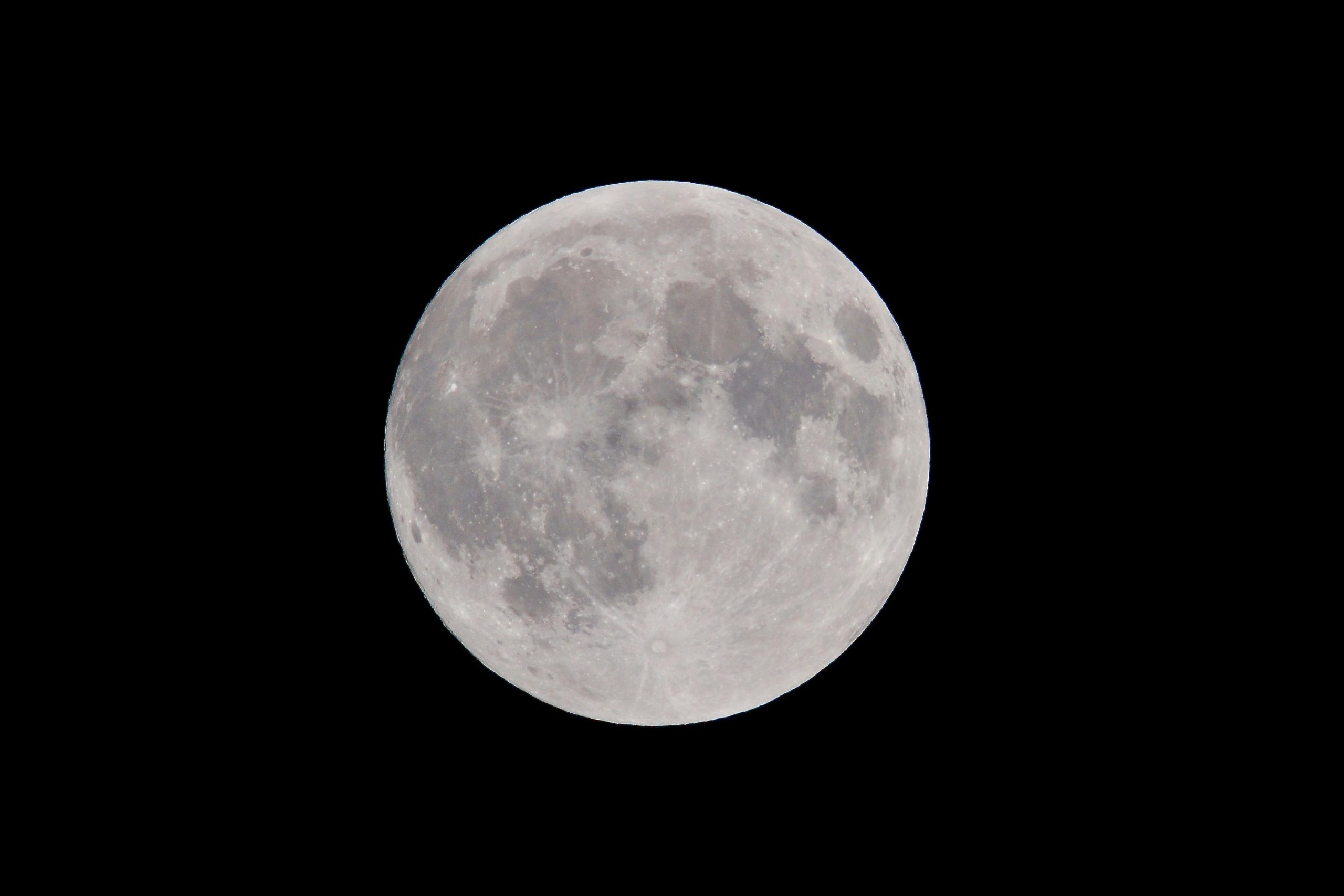A new milestone in the conquest of the Moon: the American module Nova-C has successfully landed on its surface!

The Texas-based private company Intuitive Machines’ Nova-C Odysseus module landed on the Moon Friday night UTC with cargo from the National Aeronautics and Space Administration (NASA) and commercial entities. The lander began transmitting data about two hours after touchdown. The successful landing of mission IM-1 marks the first commercial mission to successfully land on Earth’s natural satellite. The landing of the six-legged module, standing over four meters tall, on the Moon also signifies the first American contact with the lunar surface since the end of the Apollo program in 1972.
Initially, the Nova-C lander, named Odysseus for this mission, was guided onto its descent trajectory, lowering its flight altitude from about 100 kilometers above the lunar surface to just 10 kilometers, as noted by Space.com. Subsequently, the powered descent was initiated, leading to the actual touchdown on the lunar surface near its southern pole at 0:23 UTC. Although the control center temporarily lost contact with the spacecraft at the expected landing time, it eventually received a weak signal from the Moon’s surface after about 15 minutes, allowing experts to breathe a sigh of relief and begin celebrating.
While awaiting full confirmation of the module’s status, Intuitive Machines has confirmed that the United States has returned to the lunar surface after more than half a century. Tim Crain, the mission manager for IM-1, affirmed, “Undoubtedly, we can confirm that our equipment is on the Moon.” He further added, “Odysseus has a new home,” during a live broadcast from the control center in Houston.
Following communication issues, operators confirmed that Odysseus is upright and has begun transmitting data. The company is now working on sending the first images from the lunar surface. However, specific details about the module’s status, the landing process, or whether the spacecraft reached its intended target, about 300 kilometers from the Moon’s southern pole in the Malapert A impact crater, have not yet been provided.
The Nova-C module is expected to operate on the Moon for at least 14 days. The landing time was subject to changes, with the control center adjusting the schedule several times before the module touched down at 0:23 UTC. Intuitive Machines streamed the event live on its website.
The landing site is filled with hazards, including craters and cliffs, but it is considered an ideal location for future crewed missions due to the potential presence of water ice in permanently shadowed craters.
The Nova-C module, launched on a SpaceX Falcon 9 rocket from Kennedy Space Center in Florida on February 15, delivered scientific experiments, technology demonstrations, and commercial payloads, totaling up to 130 kilograms of cargo. NASA’s Commercial Lunar Payload Services program funded the research payload, while commercial clients, including artist Jeff Koons, contributed to the mission with stainless steel miniature artworks depicting lunar phases.
Photo source: www.pexels.com
Author of this article
WAS THIS ARTICLE HELPFUL?
Support us to keep up the good work and to provide you even better content. Your donations will be used to help students get access to quality content for free and pay our contributors’ salaries, who work hard to create this website content! Thank you for all your support!




OR CONTINUE READING